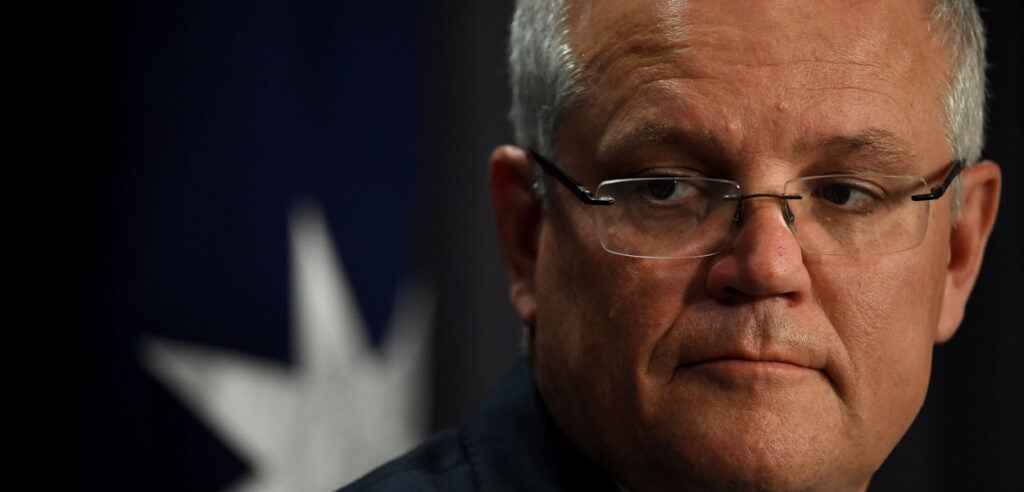You’ve heard of the U.S.-China trade war, but have you heard of the problems Australia is having with China?
Growing tension over trade between Australia and China isn’t so much a trade war as it is another example of how China uses economic coercion to pursue its political goals.
Australia has been the recent target of China’s aggressive trade tactics. Over the past six months, China has targeted over half a dozen imports from Australia with new restrictions, hurting Australian exporters’ market access in China.
China is Australia’s most important export market, accounting for $175 billion or 34% of Australia’s annual exports.
China has been using a myriad tactics, including anti-dumping measures, onerous customs inspections, and discouraging domestic use of Australian products, affecting barley, wine, beef, timber, lobsters, coal, and cotton. Australian sugar and copper also may see restrictions soon.
Unlike the U.S.-China trade war, which saw China having to respond to U.S. actions, China is leading a trade assault against Australia.
And China’s actions seem to have less to do with economic issues and are more in line with Beijing’s political goals—starting with opposing Australian officials’ call in April for an independent investigation into the origins of COVID-19.
Some have suggested that China’s actions, specifically anti-dumping investigations into Australian wine and barley, may be in retaliation for Australia’s own anti-dumping measures against Chinese imports of steel, paper, and certain chemicals.
But Chinese officials’ calls for domestic companies to stop importing Australian coal and cotton only go to show that many of China’s actions are not just political but also run afoul of the World Trade Organization and the China-Australia Free Trade Agreement.
Telling domestic companies not to buy certain foreign products is a typical trade tactic of the Chinese government, which then will suggest it was the company’s choice or it was a consumer boycott. But the line between the government and private business in China is drawing thin.
In 2012, a boycott by China of Japanese goods followed a territorial dispute and in 2017, its boycott of South Korean goods followed a dispute over South Korea’s defense decisions.
Australia is no stranger to China’s trade tactics, either—Chinese ports imposed import quotas on Australia coal in 2019.
Another trade tactic used by China is onerous customs inspections that force goods to sit idle on boats or in ports for days, if not weeks. More recently, Chinese officials have claimed that Australian timber and lobsters need to be checked for pests and unwanted minerals.
During the peak of the U.S.-China trade war, it wasn’t uncommon for U.S. fruit, pork, and cars to have to go through these rigorous and frequent inspections.
China last week hosted its third International Import Expo, an event designed to encourage more foreign business in China.
During opening remarks, President Xi Jinping called for other nations to reach more free trade agreements with China. He also tried to persuade potential investors that China is open for more imports.
But the communist regime’s recent announcement of a “dual circulation” strategy, which could only further push foreign-made products out of the country, and the worsening trade relationship with Australia show that in today’s China, politics trumps all.
